Home>Interior Design>5 Foods You Should Never Cook In A Cast Iron Skillet
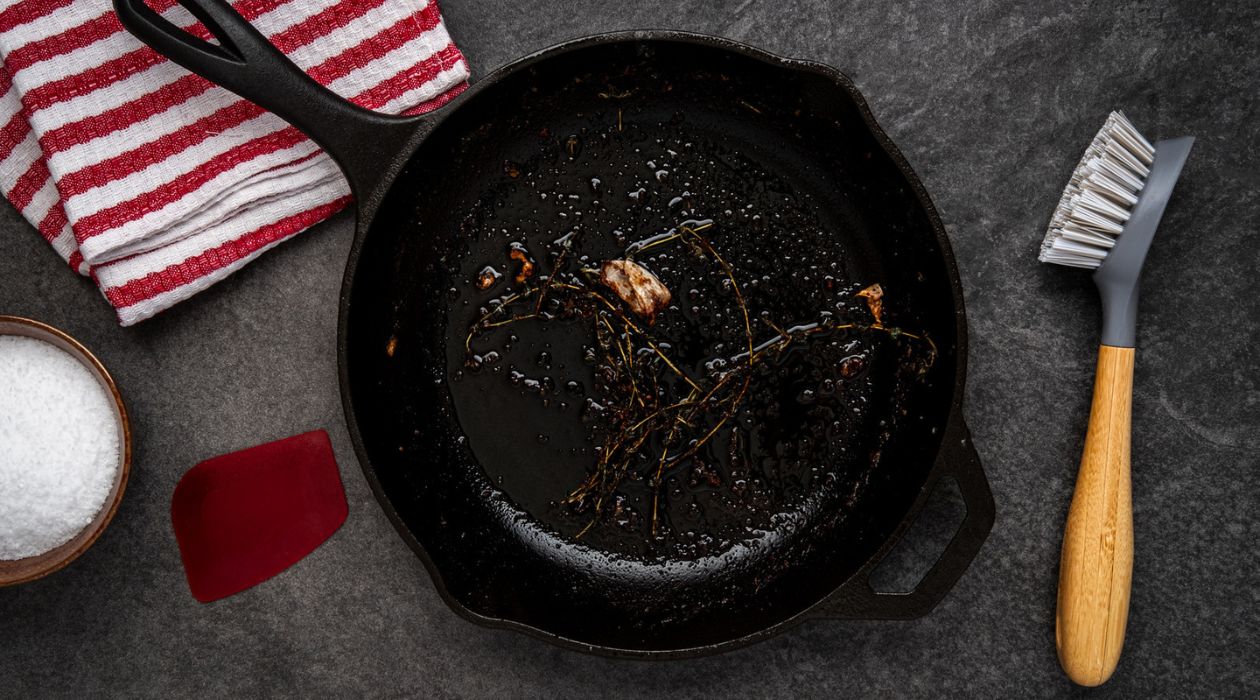

Interior Design
5 Foods You Should Never Cook In A Cast Iron Skillet
Modified: February 28, 2024
Discover the top 5 foods you should avoid cooking in a cast iron skillet. Enhance your interior design with these valuable tips and tricks for a stunning home transformation.
(Many of the links in this article redirect to a specific reviewed product. Your purchase of these products through affiliate links helps to generate commission for Storables.com, at no extra cost. Learn more)
Introduction
Welcome to the world of culinary delights and kitchen adventures! If you’re an avid cook or simply enjoy experimenting with different flavors, you’ve probably heard about the wonders of cooking with a cast iron skillet. Cast iron skillets are renowned for their durability, heat distribution, and ability to create a perfectly seared crust on meat and vegetables.
However, as versatile as cast iron skillets may be, there are certain foods that should never come in contact with them. In this article, we will discuss five foods that, when cooked in a cast iron skillet, can cause damage to the pan or alter the flavor of the dish. So before you heat up that skillet, let’s dive into the world of foods that are best left out of the cast iron equation.
Key Takeaways:
- Protect your cast iron skillet by avoiding acidic foods, delicate fish, sticky/sugary foods, dairy products, and delicate vegetables. Opt for alternative cookware to preserve the skillet’s seasoning and enjoy flavorful dishes.
- Embrace the versatility of your cast iron skillet, but be mindful of its limitations. Use non-stick or stainless steel pans for certain foods, and maintain the skillet’s seasoning and cleanliness for optimal cooking results.
Read more: How To Store A Cast Iron Skillet
Food 1: Acidic Foods
When it comes to using a cast iron skillet, one of the cardinal rules is to avoid cooking acidic foods in it. Acidic foods can react with the iron in the skillet, causing a metallic taste to seep into the dish and potentially damaging the seasoning of the pan.
Acidic foods include ingredients like tomatoes, citrus fruits (such as lemons and oranges), vinegar, and wine. These ingredients contain high levels of acidity, which can break down the protective layer of seasoning on the cast iron surface. As a result, your food may take on an unpleasant metallic flavor.
Instead of cooking acidic dishes in a cast iron skillet, consider using stainless steel, enamel-coated, or non-reactive pans. These options will allow you to enjoy the flavors of your food without any unwanted metallic taste.
However, don’t let this discourage you from using your cast iron skillet altogether. It is still a fantastic tool for many other cooking techniques and recipes.
Food 2: Delicate Fish
While cast iron skillets are excellent for searing and cooking hearty cuts of meat, delicate fish is best cooked using other methods. Delicate fish, such as flaky white fish or tender seafood, can easily stick to the surface of a cast iron skillet and become difficult to flip or remove without breaking apart.
The high heat retention and uneven heat distribution of cast iron can also be detrimental to delicate fish, potentially resulting in overcooking or unevenly cooked fillets.
Instead, opt for non-stick pans or stainless steel pans with a good quality non-stick coating when cooking delicate fish. These pans provide a smoother surface and are easier to maneuver when it comes to flipping and removing the fish.
However, if you do find yourself craving the flavors of a cast iron-seared fish, a good workaround is to use a well-seasoned cast iron grill pan or a cast iron griddle. These options provide a larger surface area and grill-like ridges that prevent the delicate fish from sticking and promote even cooking.
So, while cast iron skillets can do wonders for many dishes, it’s best to keep delicate fish away from them to ensure a successful and enjoyable cooking experience.
Food 3: Sticky and Sugary Foods
When it comes to cooking with a cast iron skillet, it’s important to be mindful of the foods that have a tendency to become sticky or contain high amounts of sugar. These types of food can be challenging to cook in a cast iron skillet without leaving a sticky residue behind and potentially causing damage to the pan’s seasoning.
Foods like caramel, syrups, and sticky sauces can leave a stubborn residue that is difficult to remove from a cast iron skillet. The sugars in these foods can cause the skillet to develop a sticky coating, making it less effective for future use and affecting the overall performance of the pan.
If you need to cook sticky or sugary foods, it’s advisable to use non-stick pans or stainless steel pans that are easier to clean and won’t be negatively impacted by the sugars. Additionally, if you accidentally end up with a sticky residue on your cast iron skillet, avoid using harsh chemicals or abrasive scrubbers. Opt for gentle cleaning methods, such as using hot water and a soft brush, to preserve the skillet’s seasoning.
Remember, cast iron skillets work best when they maintain a well-seasoned surface, so it’s best to avoid foods that can compromise this seasoning.
Avoid cooking acidic foods like tomatoes or citrus in a cast iron skillet as it can cause the seasoning to break down and leach iron into the food. Stick to non-acidic foods like meats and vegetables for best results.
Food 4: Dairy Products
When it comes to cooking with a cast iron skillet, dairy products should be approached with caution. The high acidity and calcium content in dairy can react with the iron in the skillet, resulting in a metallic taste and potential damage to the pan’s seasoning.
Foods such as cheese, milk-based sauces, and creamy dishes should be avoided when using a cast iron skillet. These dairy products can cause the skillet to develop a metallic flavor, which can be transferred to the dish being cooked.
Instead of using a cast iron skillet, opt for stainless steel or non-stick pans when cooking with dairy products. These materials provide a more suitable cooking surface for dairy, allowing you to enjoy the flavors of your dishes without any unwanted metallic taste.
However, if you still prefer to use your cast iron skillet for cooking dairy, there are a few precautions you can take. Make sure the skillet is well-seasoned and avoid leaving dairy-based dishes in the skillet for extended periods. Also, remember to clean and dry the skillet thoroughly after each use to prevent any lingering flavors.
By being mindful of the interaction between dairy and cast iron, you can ensure that your cooking experiences are both delicious and free from any undesirable metallic tastes.
Food 5: Delicate Vegetables
While cast iron skillets are great for hearty vegetables like potatoes or root vegetables, delicate vegetables require a gentler cooking surface. Delicate vegetables include leafy greens, tender asparagus, and fragile mushrooms.
The intense heat retention of a cast iron skillet can quickly wilt or overcook delicate vegetables, resulting in a less appealing texture and loss of nutrients. Additionally, the uneven heat distribution of cast iron can cause certain areas of the skillet to become hotter than others, leading to uneven cooking.
Instead of using a cast iron skillet, it’s best to opt for non-stick pans or stainless steel pans for cooking delicate vegetables. These pans provide more control over the cooking process and allow for even heat distribution.
However, if you still want to use your trusty cast iron skillet for delicate vegetables, there are a few tips to follow. Start by preheating the skillet on low to medium heat to avoid excessive temperature shock. Additionally, adding a small amount of oil or butter to the skillet can help create a non-stick surface and prevent the vegetables from sticking.
Remember to keep a close eye on the cooking process and adjust the heat as necessary. Delicate vegetables cook quickly, so it’s important to avoid leaving them in the skillet for too long.
By being mindful of the delicate nature of certain vegetables and adjusting your cooking methods accordingly, you can ensure that your dishes are perfectly cooked and preserve the integrity of your delicate greens, asparagus, and mushrooms.
Conclusion
While cast iron skillets are a beloved tool in the kitchen, it’s important to know which foods are not well-suited for cooking in them. Acidic foods, delicate fish, sticky and sugary foods, dairy products, and delicate vegetables are all examples of foods that are best cooked using alternative methods.
Acidic foods can react with the iron and affect the flavor of your dishes, while delicate fish can easily stick to the surface and be difficult to cook evenly. Sticky and sugary foods can leave behind a residue that is challenging to remove, and dairy products can impart a metallic taste to your meals. Delicate vegetables can also suffer from uneven cooking or overcooking in cast iron skillets.
However, it’s essential to note that these limitations should not discourage you from using your cast iron skillet. Cast iron skillets are incredibly versatile and excel at cooking many other dishes, such as searing meat, roasting vegetables, and even baking bread.
When it comes to the foods mentioned above, consider utilizing alternative cookware, such as non-stick pans, stainless steel pans, or specialized grill pans. These options will allow you to achieve the best results without compromising the flavor or the integrity of your ingredients.
Lastly, maintaining the seasoning and cleanliness of your cast iron skillet is crucial. Regular seasoning and proper cleaning techniques will ensure that your skillet remains in optimal condition for years to come.
So, embrace your cast iron skillet’s potential, but also be conscious of the foods that are better suited for alternative cookware. With a little culinary know-how, you’ll create delicious meals that showcase the best qualities of each cooking method and tool.
Frequently Asked Questions about 5 Foods You Should Never Cook In A Cast Iron Skillet
Was this page helpful?
At Storables.com, we guarantee accurate and reliable information. Our content, validated by Expert Board Contributors, is crafted following stringent Editorial Policies. We're committed to providing you with well-researched, expert-backed insights for all your informational needs.
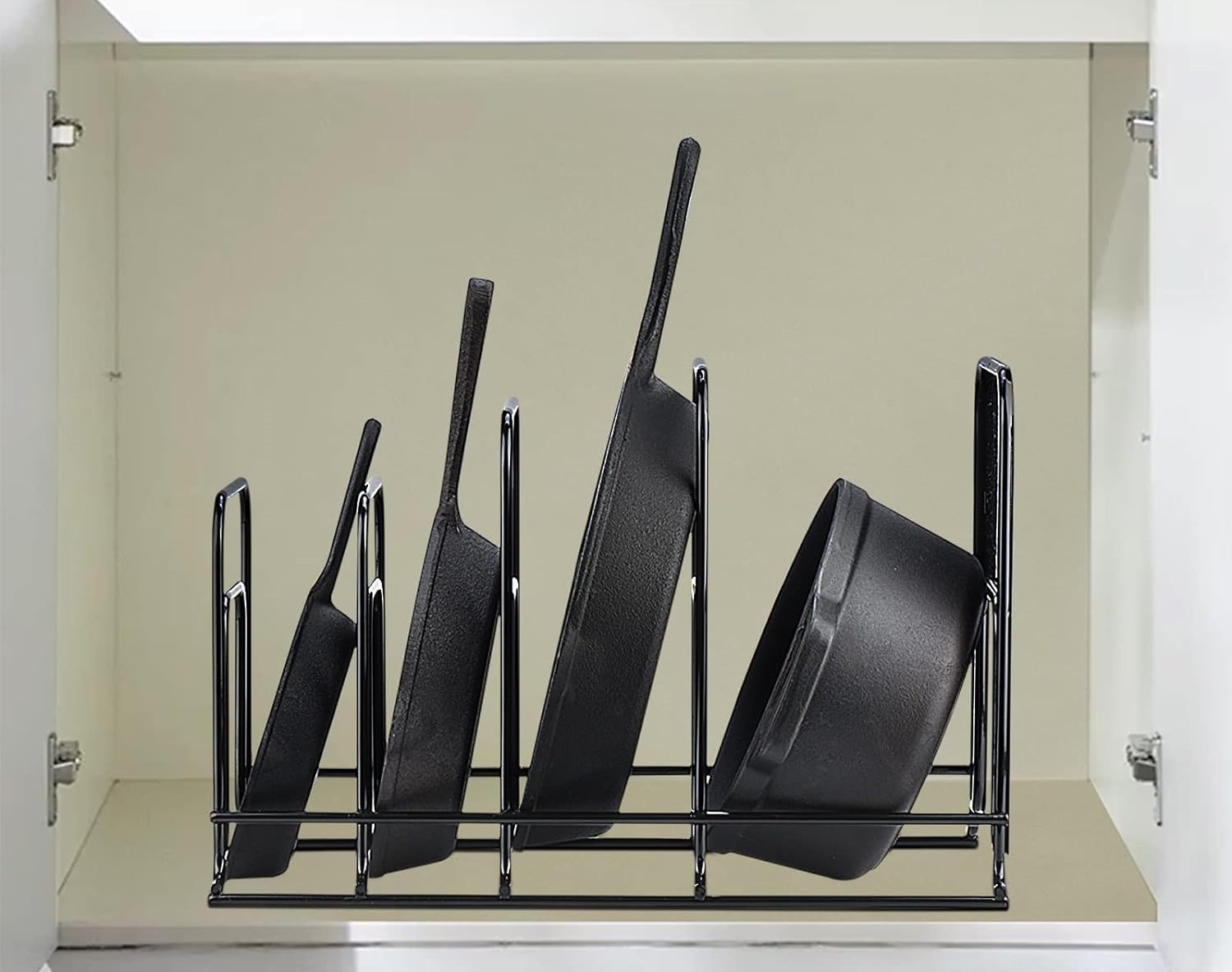
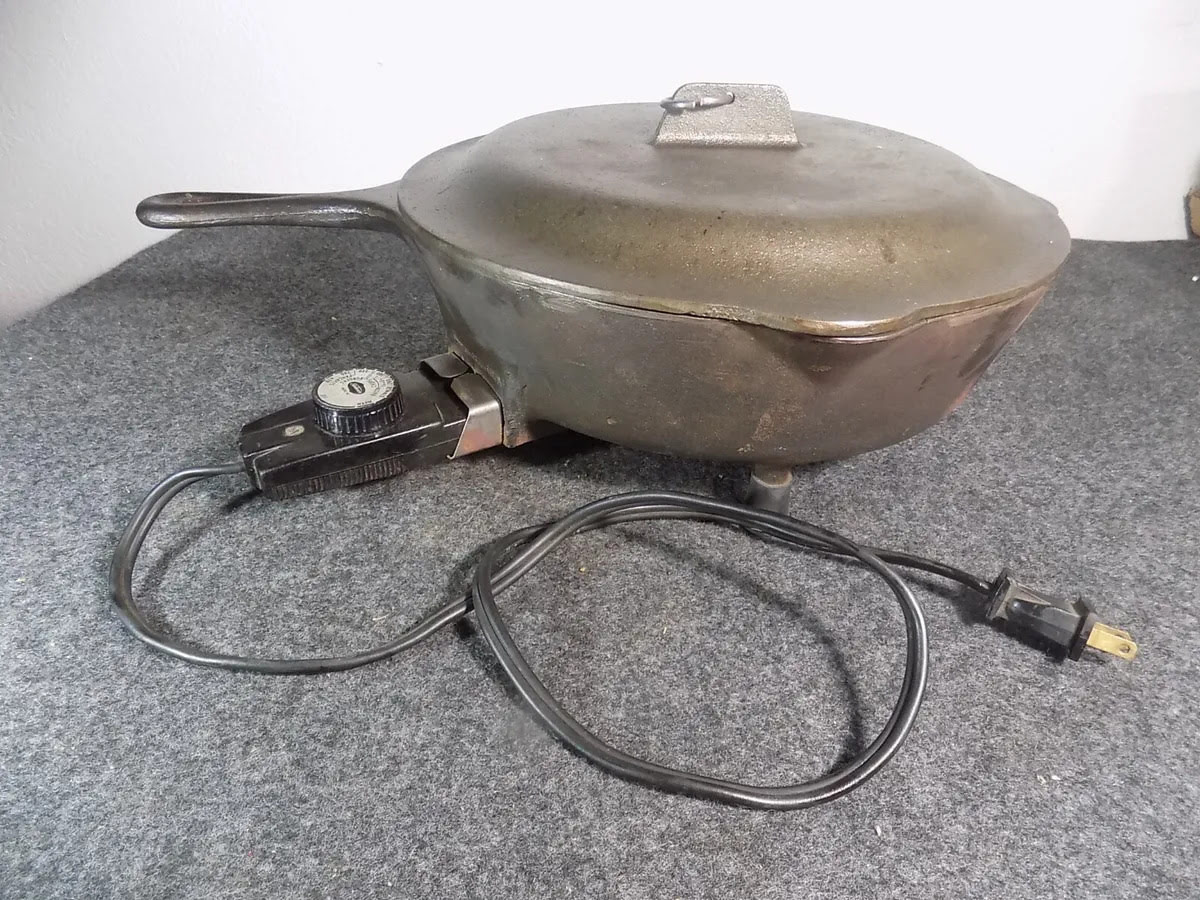


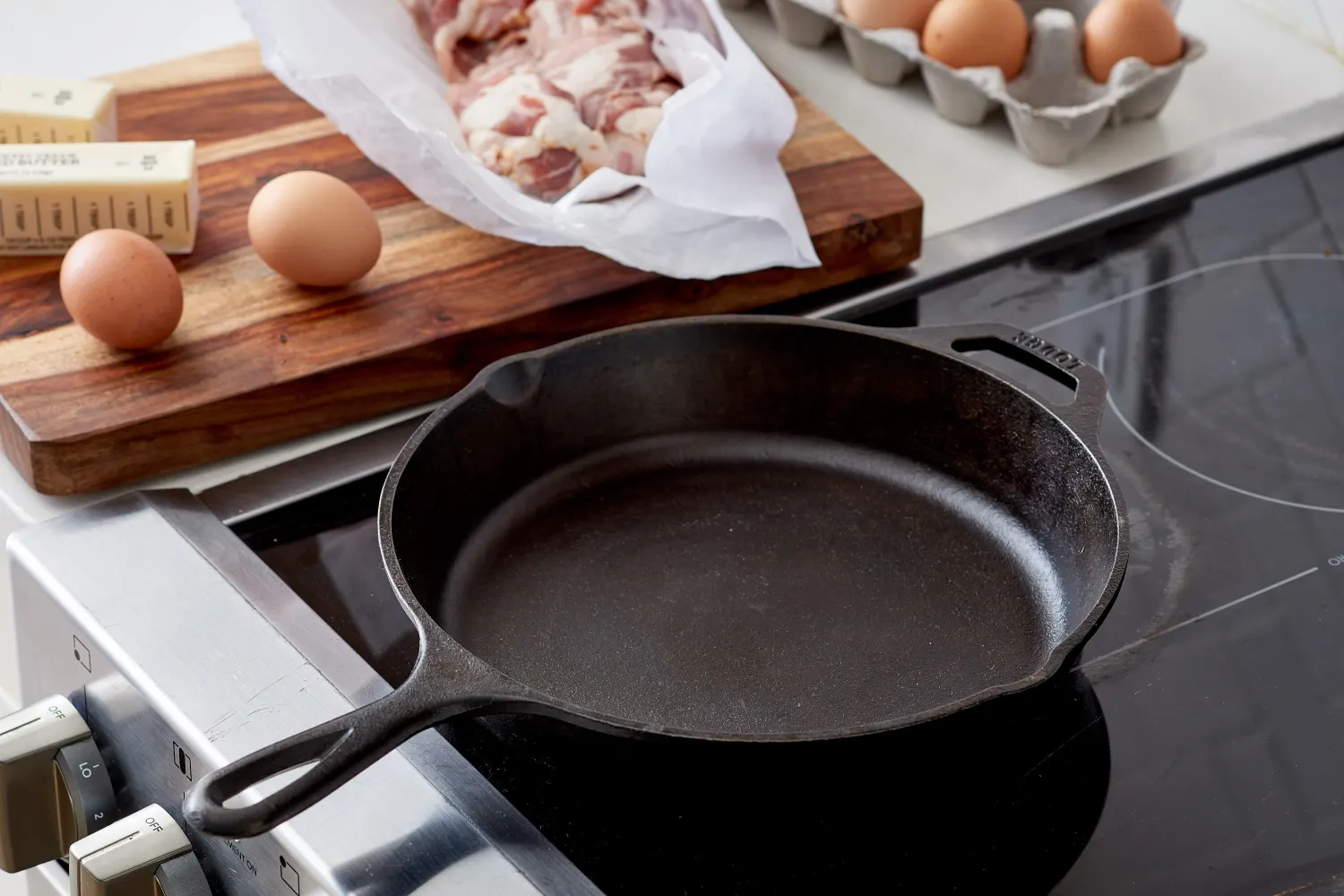


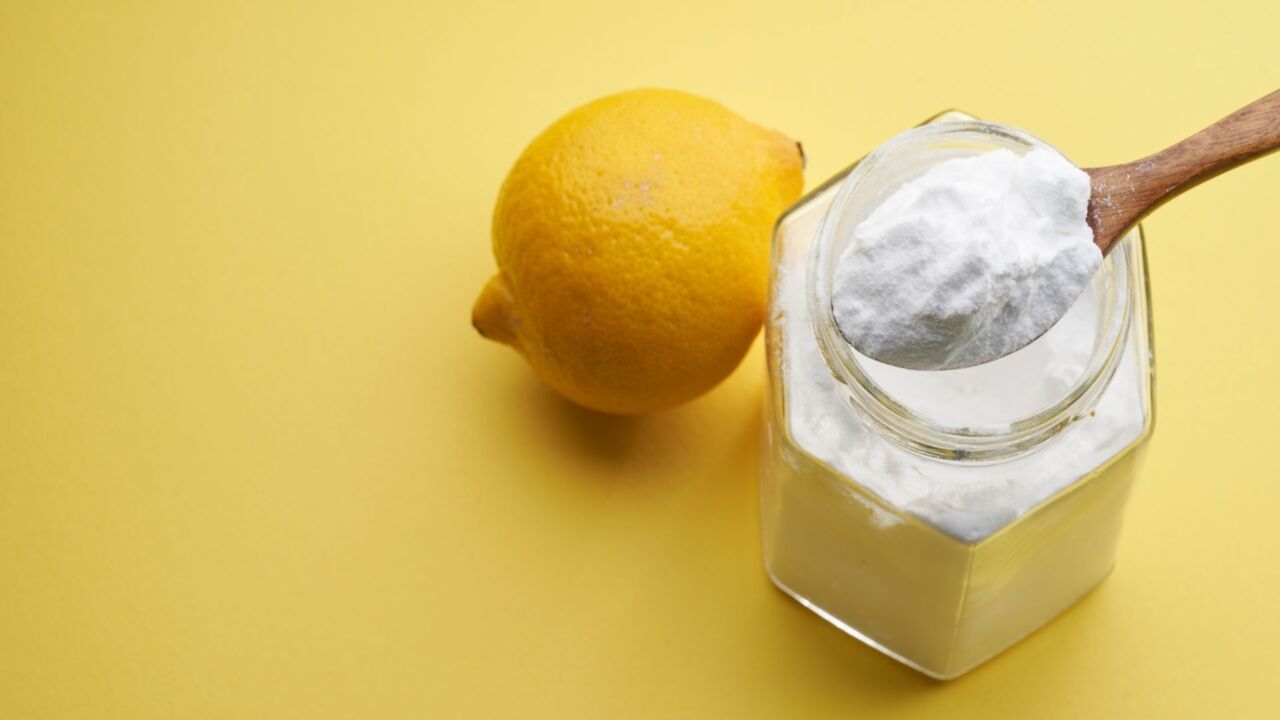


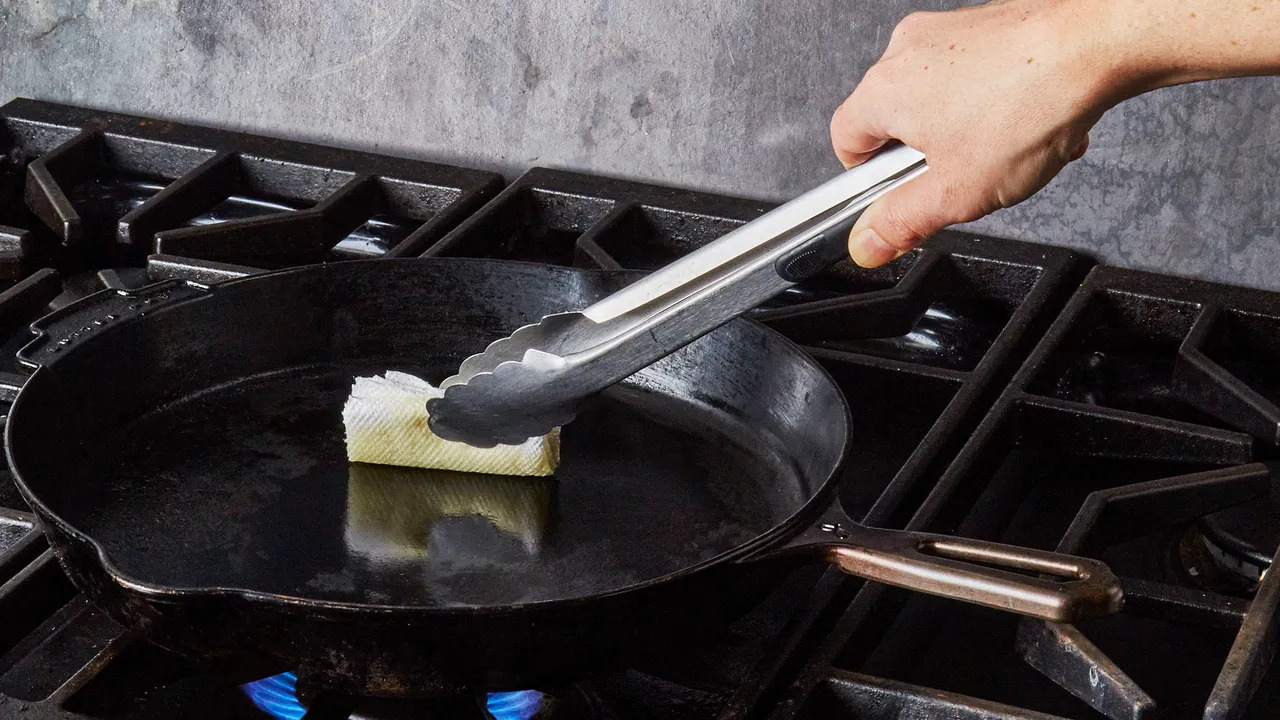
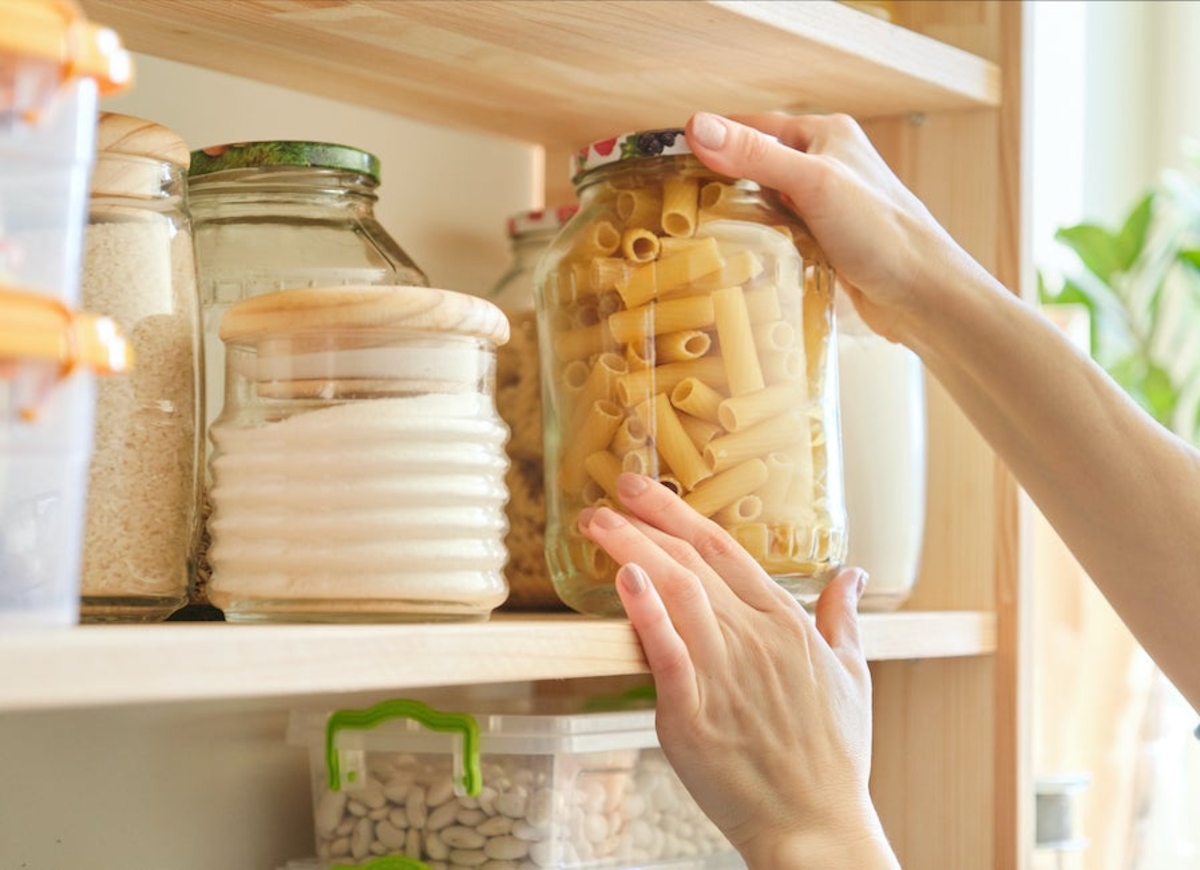

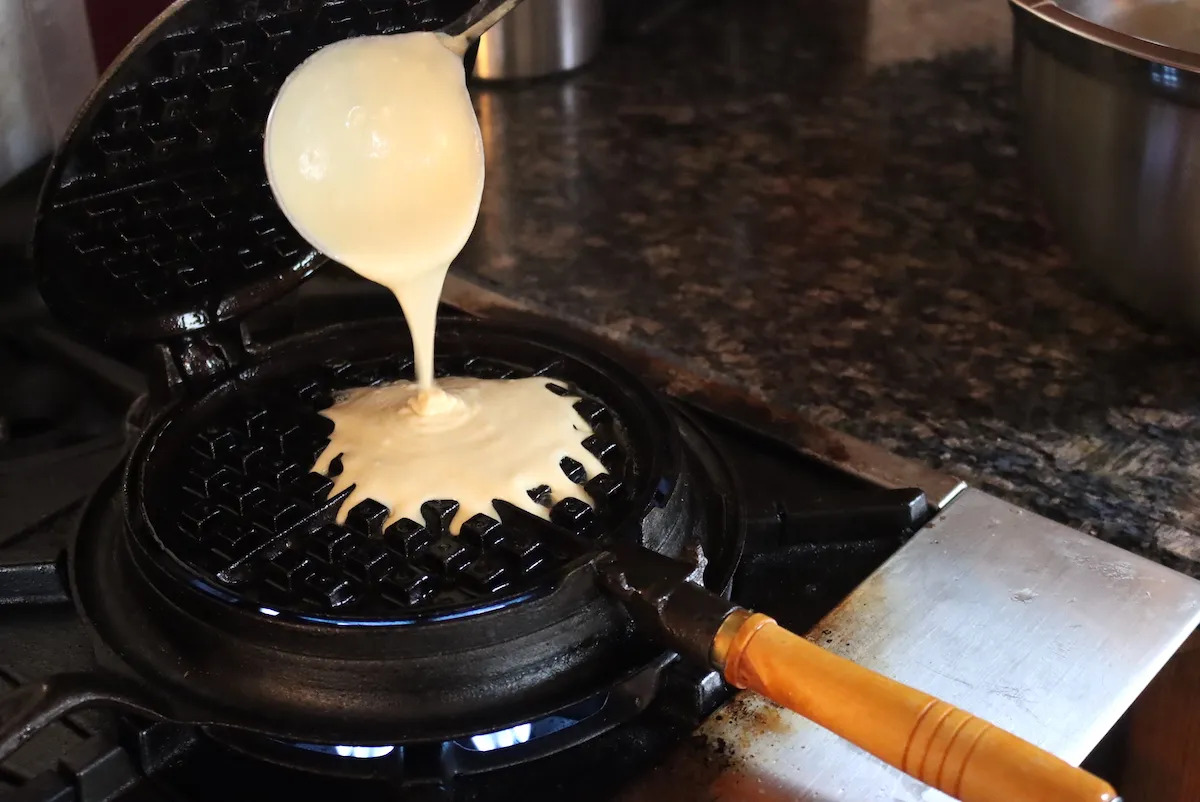

0 thoughts on “5 Foods You Should Never Cook In A Cast Iron Skillet”